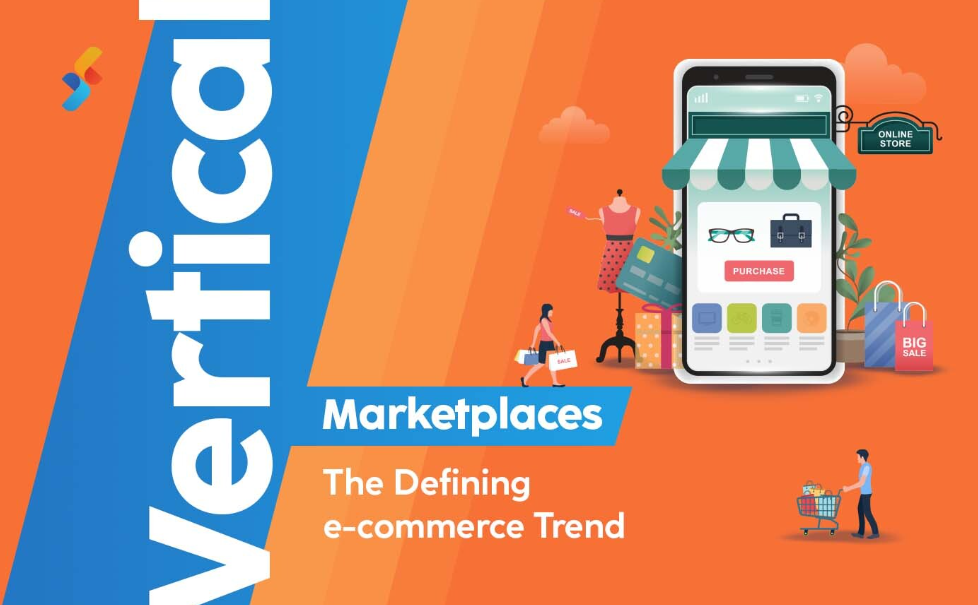Introduction
For years, B2B commerce revolved around horizontal marketplaces that offered everything to everyone. Businesses could buy everything from machinery to marketing software through a few dominant platforms. That model is now evolving. The next phase of digital trade is being defined by vertical marketplaces—specialized platforms built for specific industries such as manufacturing, healthcare, logistics, and construction. These new entrants are transforming how companies source, transact, and collaborate by focusing on the unique needs of each sector.
Why It Matters for the B2B Ecosystem
The vertical marketplace model addresses a critical gap that generalist platforms cannot fill: depth of expertise. Traditional marketplaces focus on reach and volume. Vertical platforms focus on relevance and precision. They offer industry-specific filters, certification checks, logistics options, and integrated financing. This model provides buyers with higher-quality matches and helps sellers target decision-makers more effectively. In a market where efficiency and trust drive every transaction, specialization is proving to be a competitive advantage.
How Vertical Marketplaces Differ from Traditional Platforms
While horizontal platforms compete on breadth, vertical platforms compete on specialization.
- Tailored product categories: Each marketplace is built around the unique structure of a specific industry, such as industrial machinery, chemicals, or healthcare supplies.
- Verified participants: Buyers and sellers undergo industry-relevant verification, which reduces fraud and ensures compliance.
- Built-in logistics: Many vertical platforms integrate freight management or customs clearance to support complex deliveries.
- Smart data and analytics: Industry benchmarks, pricing trends, and predictive demand models are built directly into the platform.
- Financing and insurance options: Embedded fintech solutions help companies manage cash flow and risk.
These features make vertical platforms an end-to-end business ecosystem rather than a simple sales channel.
Cross-Functional Benefits for Enterprises
- Procurement: Teams can find vetted suppliers who meet specific regulatory or material standards.
- Operations: Integrated delivery systems reduce manual coordination between carriers and suppliers.
- Finance: Transparent cost structures simplify forecasting and reconciliation.
- Sales: Vendors gain targeted exposure to buyers in their exact market niche, improving conversion rates.
- Compliance and legal: Documentation and audit trails are standardized across all transactions, reducing risk.
This integration allows companies to focus more on growth and less on administrative overhead.
Examples of Growth in Vertical Platforms
Recent years have seen a surge in industry-specific marketplaces. In construction, platforms such as Procore and BuildMart connect contractors directly with certified material suppliers. In healthcare, platforms focusing on medical equipment and diagnostics now support automated procurement for hospitals and research labs. Industrial manufacturing marketplaces are integrating predictive maintenance data to match buyers with suppliers who can meet uptime guarantees. Each sector is evolving toward specialization because buyers increasingly expect expert-level transparency.
Strategic Recommendations for B2B Organizations
- Identify relevant verticals: Evaluate which industry-focused platforms are gaining traction within your market.
- Develop platform partnerships: Establish early relationships with vertical marketplaces to secure preferred seller or buyer status.
- Integrate data systems: Connect ERP and CRM tools with marketplace APIs for seamless transaction flow.
- Showcase expertise: Use listings to highlight certifications, sustainability practices, and technical strengths.
- Monitor analytics: Track demand trends and use industry insights from these platforms to inform pricing and strategy.
Risks and Challenges
The biggest challenge for vertical marketplaces is scalability. By focusing narrowly on one industry, growth can be limited compared to generalist platforms. Suppliers must also adapt to stricter compliance and certification requirements, which can be resource-intensive. In emerging markets, digital readiness and logistics infrastructure can slow adoption. Finally, fragmentation across multiple niche platforms can complicate visibility for buyers who operate in several industries.
The Market Outlook
Analysts expect vertical B2B marketplaces to grow at nearly twice the rate of traditional ones over the next three years. This growth is being driven by demand for reliability, traceability, and sustainability in supply chains. As AI and predictive analytics continue to mature, these platforms will evolve into intelligent ecosystems capable of forecasting demand and automating supplier recommendations. The future of B2B commerce will likely be a hybrid model—large horizontal platforms for scale, supported by vertical ecosystems for expertise.
Conclusion
The rise of vertical marketplaces marks a turning point in B2B commerce. Specialization, trust, and digital integration are becoming the new competitive currency. For buyers, these platforms offer deeper insight and faster procurement. For sellers, they open pathways to reach the right audience with precision. For the broader B2B economy, they represent a shift from generalization to intelligence. The businesses that align early with vertical ecosystems will gain a strategic edge in efficiency, credibility, and growth.






